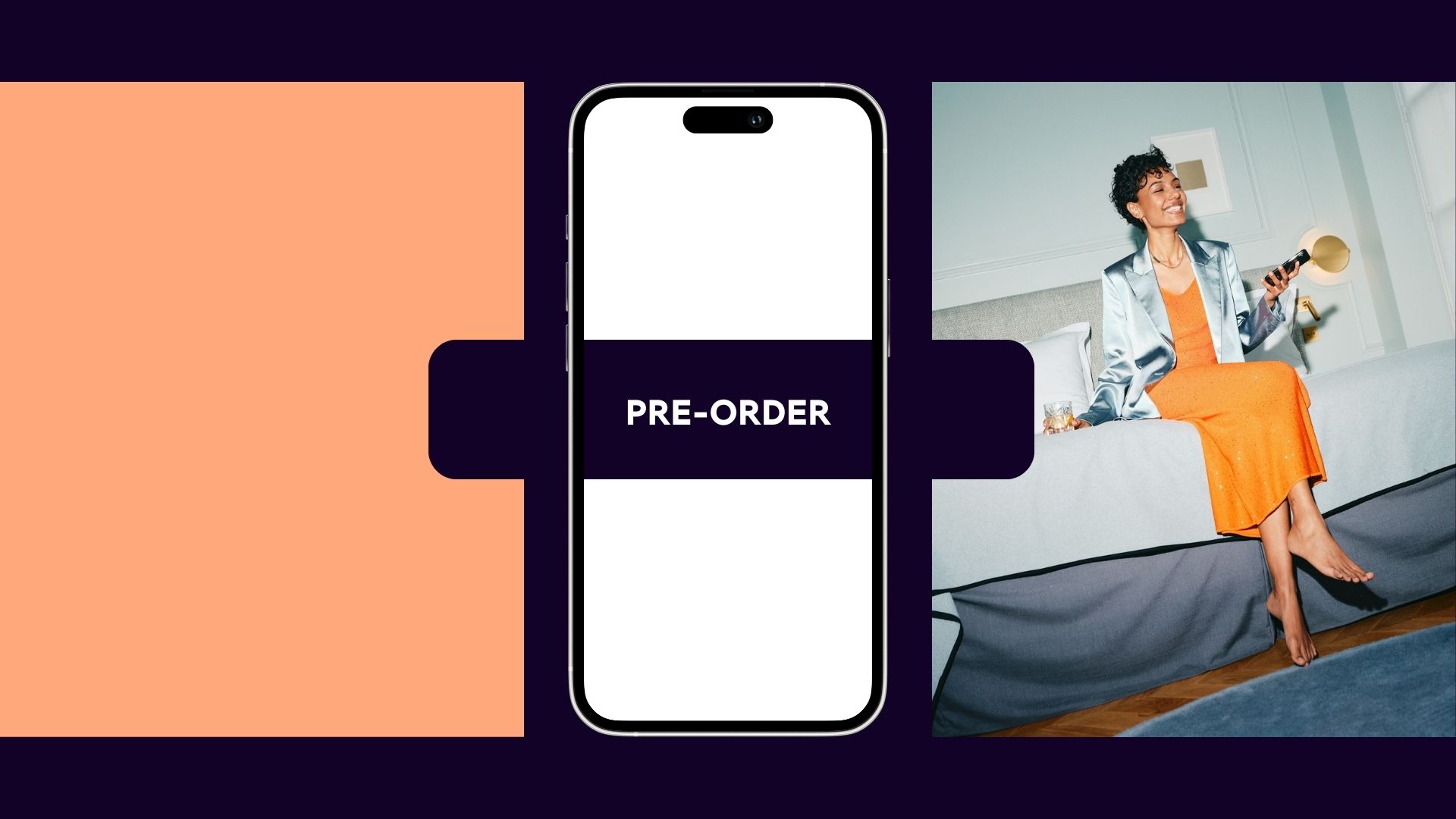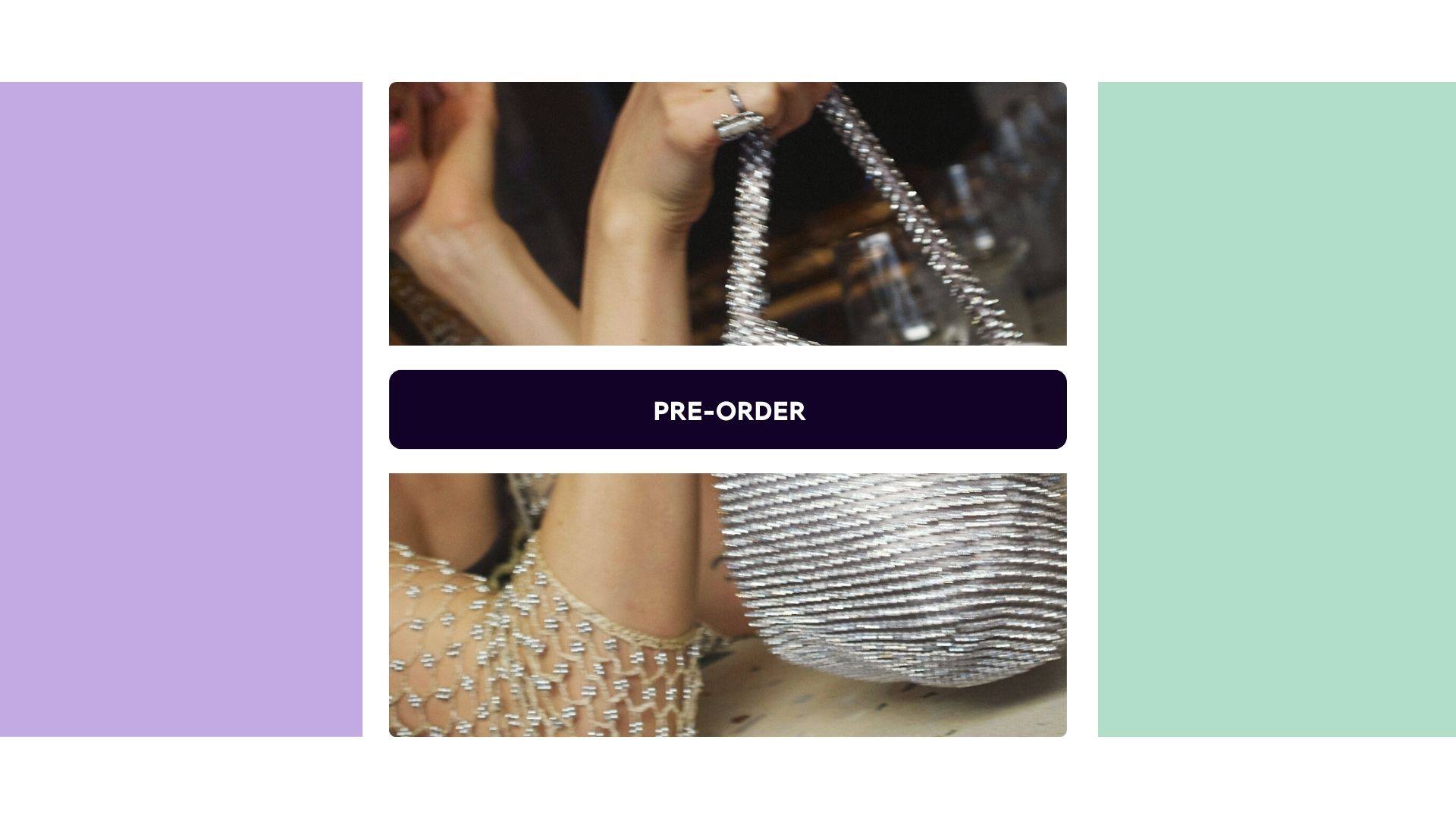How to Convert Hype into Sales with Pre-Orders

When you have the hype around a product, it's important to capitalize on it so you can turn demand into sales. Pre-orders can help you do just that, by monetizing demand and keeping customers engaged until the product is ready to ship.
Whether you're launching a new product line or managing demand for hot out-of-stock products, a waitlist strategy can help you sell more and keep customers happy by selling earlier.
Why pre-orders work
Pre-orders are a simple and effective way to convert demand for products that are not yet ready to ship or are so popular that they are temporarily out of stock. By offering customers the opportunity to pre-order your products, you can offer them a unique customer experience and earlier access to products.
In an eCommerce world where being first to have something is the hottest trend, pre-orders are a great way to build a new type of relationship with your customers. But, this customer experience needs to be approached with care. Building trust with your customers while they wait for their pre-order is key to a successful waitlist strategy so that your customers will continue to pre-order with you again and again. When brands successfully build a positive customer experience around pre-orders, a waitlist strategy can drive significant new revenue line for eCommerce.
With the right tools and strategies in place, you can ensure that shoppers feel in control and supported throughout the process. And when customers trust your pre-order experience, they’ll keep coming back for more.
When to use pre-orders for hyped demand
Pre-orders are a useful tactic in a variety of situations to boost sales and convert demand. Here are three common scenarios.
1. Launching a new product line or collection
Lean into a “be first to have it” merchandising strategy for new products with pre-order. This can accelerate sales around a launch and help new products stand-out. Added benefit? You can even sell a significant portion of a purchase order(or all of it!) before it reaches the warehouse, reducing storage costs and helping plan fulfillment processes more effectively.
Men's jewelry brand JAXXON offered a pre-order option for a new watch collection. It was a hit, generating $100K sales in just a few days, long before the official launch.
2. Converting demand for hot, out-of-stock products
If you have a product that is particularly popular or hard to get, a waitlist can help you avoid lost sales due to stock shortages. No need to show a customer a “Notify me” when back in stock; you can sell from a purchase order that is on the way. Pre-orders also convert 10x more than Notify Me.
For Azio Beauty, this directly increases sales. When something sells out, the brand puts it on pre-order, which has increased overall sales by 27%.
3. Getting cash in, sooner
Pre-paid pre-orders can help you access cash earlier and fund the production of even more hyped products. Just make sure your pre-order operations are FTC compliant when selling to U.S. customers.
By exploring the various ways that pre-orders can help you convert hyped demand, you can find the solution that best fits your business and helps you exceed sales targets by simply selling earlier. Extending the selling window helped Sachin and Babi increase overall sales by 50%.
How to implement a pre-order strategy
The most important part of making your pre-order operations successful is to recognize that the pre-order flow, both for your internal teams but also your customers, is fundamentally different than an in-stock order. Implementing a pre-order strategy is easy to do with the right tools that can optimize for the nuances of a pre-order – both operationally and for your customer. Here are some key steps to follow.
1. Understand how your downstream fulfillment processes deals with pre-orders
Third-party logistics and warehouse partners don’t always support pre-orders. They may only want to deal with online orders once stock arrives. Knowing this upfront will help you avoid pain from choosing the wrong tools and solutions to operationalize your pre-orders. There are pre-order solutions that send pre-orders straight downstream, as opposed to holding them outside until stock arrives. The best option will be tailored to your fulfillment processes.
2. Integrate your pre-order solution into your store
Make sure your pre-order solution integrates easily with your existing eCommerce platform so your frontend store can seamlessly flip the right products to pre-order at the right time. Consider enlisting the help of a developer or technical team to ensure a smooth integration process and avoid any disruptions to your business.
3. Communicate clearly with your customers
Make sure your customers understand how the pre-order process works, and that your pre-order solution gives you an easy way to communicate updates. Dedicated email flows and self-service portals to keep customers informed and in control is the best way to build trust with your customers and make it worth the wait.
With a pre-order strategy that is operationally easy for your internal teams and builds transparency and trust with your customers, you’ll be able to rely on pre-orders as a key way to drive more sales, earlier.
Purple Dot is here to help
At Purple Dot, we’ve helped more than 600 top brands get their pre-order strategy off the ground and live into the world. With two different integration options, we can help determine the best way to operationalize a pre-order strategy for your brand. We partner alongside you to ensure your pre-order strategy is loved by both your internal teams and your customers. Whether you're launching a new product line or dealing with out-of-stock on your most popular products, drop us a line to see how we can help.
More insights

Ditch Your DIY Pre-Order Setup: How Purple Dot Makes Setting Up and Managing Your Pre-Order Process Simple and Scalable

